
Sustainability
Sustainability through quality
Savo drives the development of sustainable office chairs through innovative products with a long technical service life. The high quality we always provide makes our products the sustainable choice. We are constantly reducing our environmental impact by using materials, energy and resources in efficient, climate-smart ways.
Savo’s sustainability efforts focus on the following areas:
- Designing circular products
- Sustainable choice of materials and surface treatments
- Reducing energy consumption
- Sustainable procurement and full supply chain insight
We have chosen these areas since it is here we are able to exert influence and have the greatest impact.
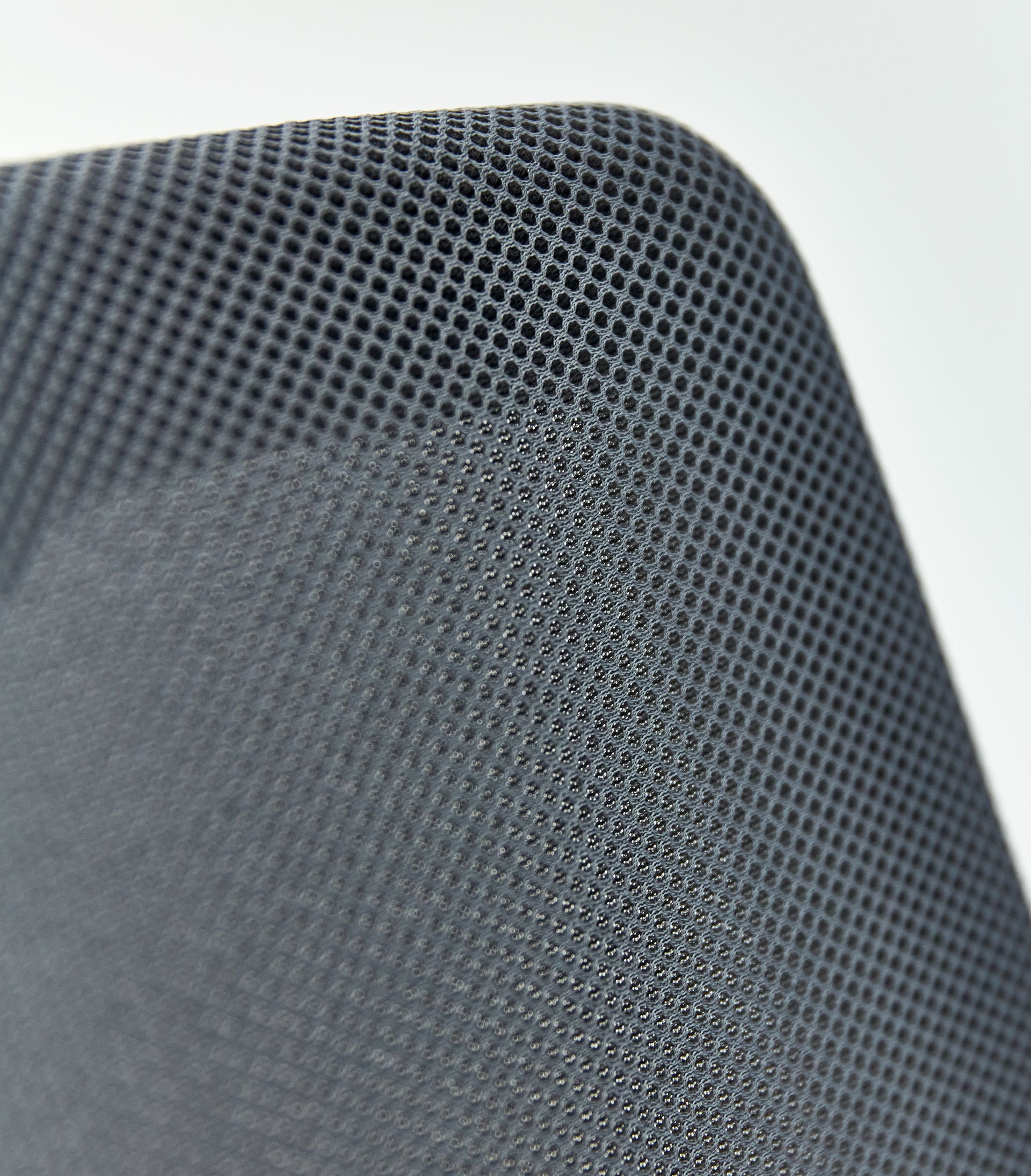
Office chairs with eco-labelled mesh
Mesh is Savo’s signature design feature and a great advantage in that a mesh chair back uses less material and avoids polyurethane foam, one of the greatest eco-villains in today’s furniture industry. The least eco-friendly component in an office chair is usually the foam in its backrest and seat.
Because our mesh back requires no foam, the chair is more eco-friendly than one with a padded back. All of our mesh fabrics are OEKO-TEX certified, and our Vivid fabric contains no less than 80 percent recycled polyester. Polyester is extremely versatile and hard wearing and offers superior stretch and upholstery properties. Recycled polyester has the same technical performance as virgin polyester, but less impact on the environment.
Recycled and recyclable materials
The material in our chairs consists mainly of recyclable plastic and aluminium. Our best-seller Savo Soul is made from up to 56 percent recycled material and up to 97 percent (with mesh back) of the material can be recycled.
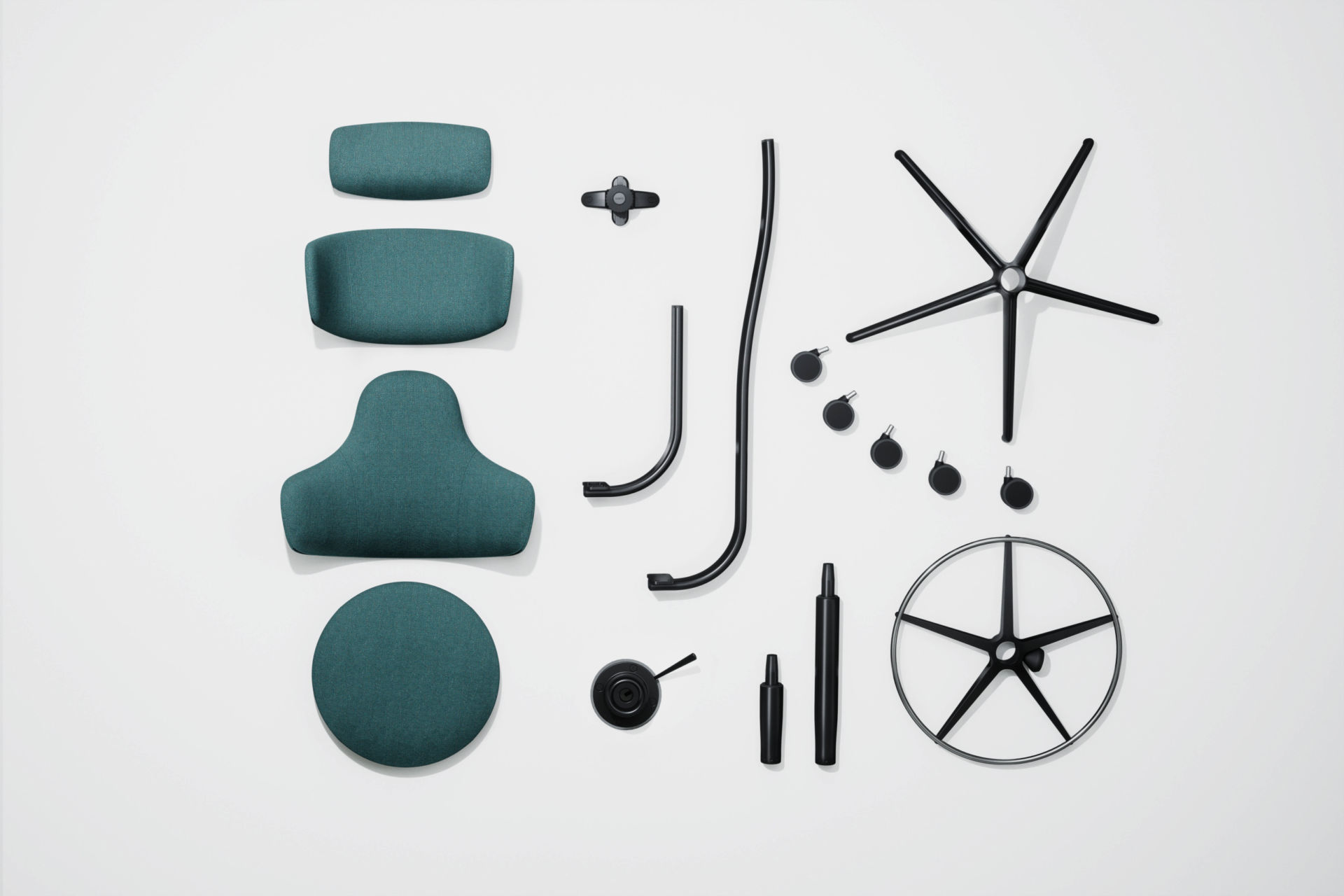
Savo’s sustainability work based on the UN’s global goals
Based on the UN’s 17 global sustainable development goals, Savo has identified the following as the most important in our operation:
The following marks and certifications are used in the Savo range and the materials in our furniture:

A complete, updated reference and labelling system based on the requirements of quality (technical standards), the environment and social responsibility.
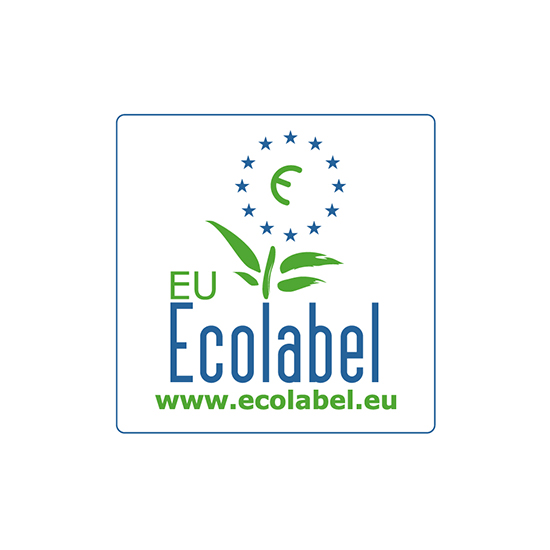
Europe’s equivalent to the Nordic Swan and one of the world’s leading eco-labels.
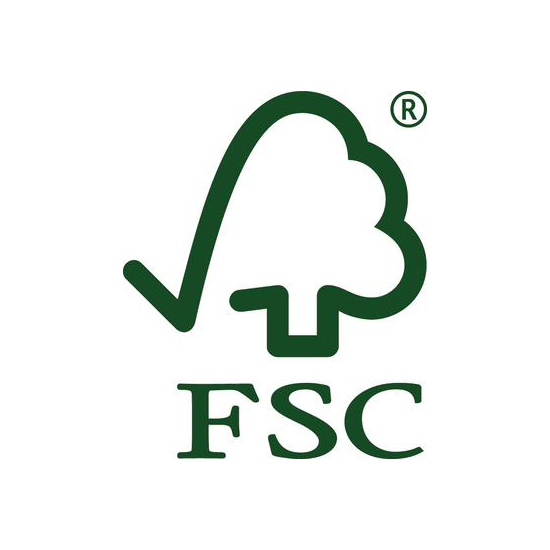
Furniture with FSC®- certified wood has been responsibly manufactured. Ask for our FSC-certified products. FSC-C009111
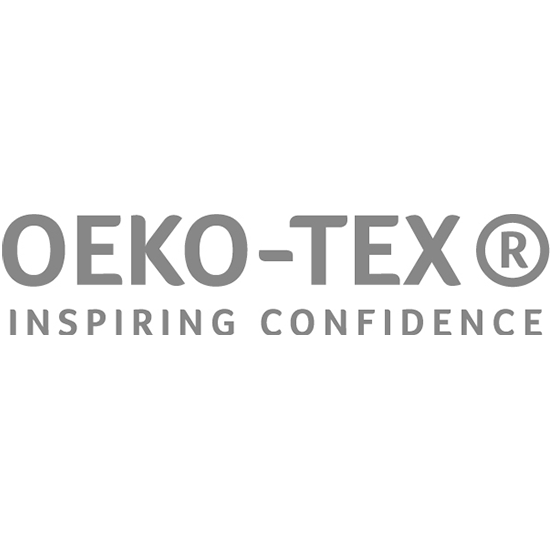
Textile articles that bear THE STANDARD 100 label are guaranteed to have been tested for harmful substances.